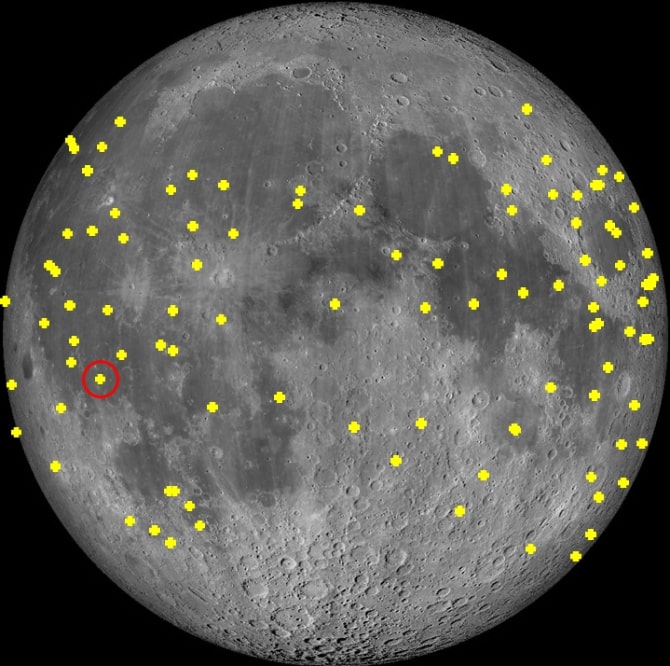ESA’s new project to keep an eye on Moon strikes.
Every day, Earth is bombarded by tiny asteroids and meteoroids, most too small to even be detected. But what if we could study these space rocks by watching their impacts on the Moon? A new ESA project funded under the Horizon Europe programme releases its first observations.











